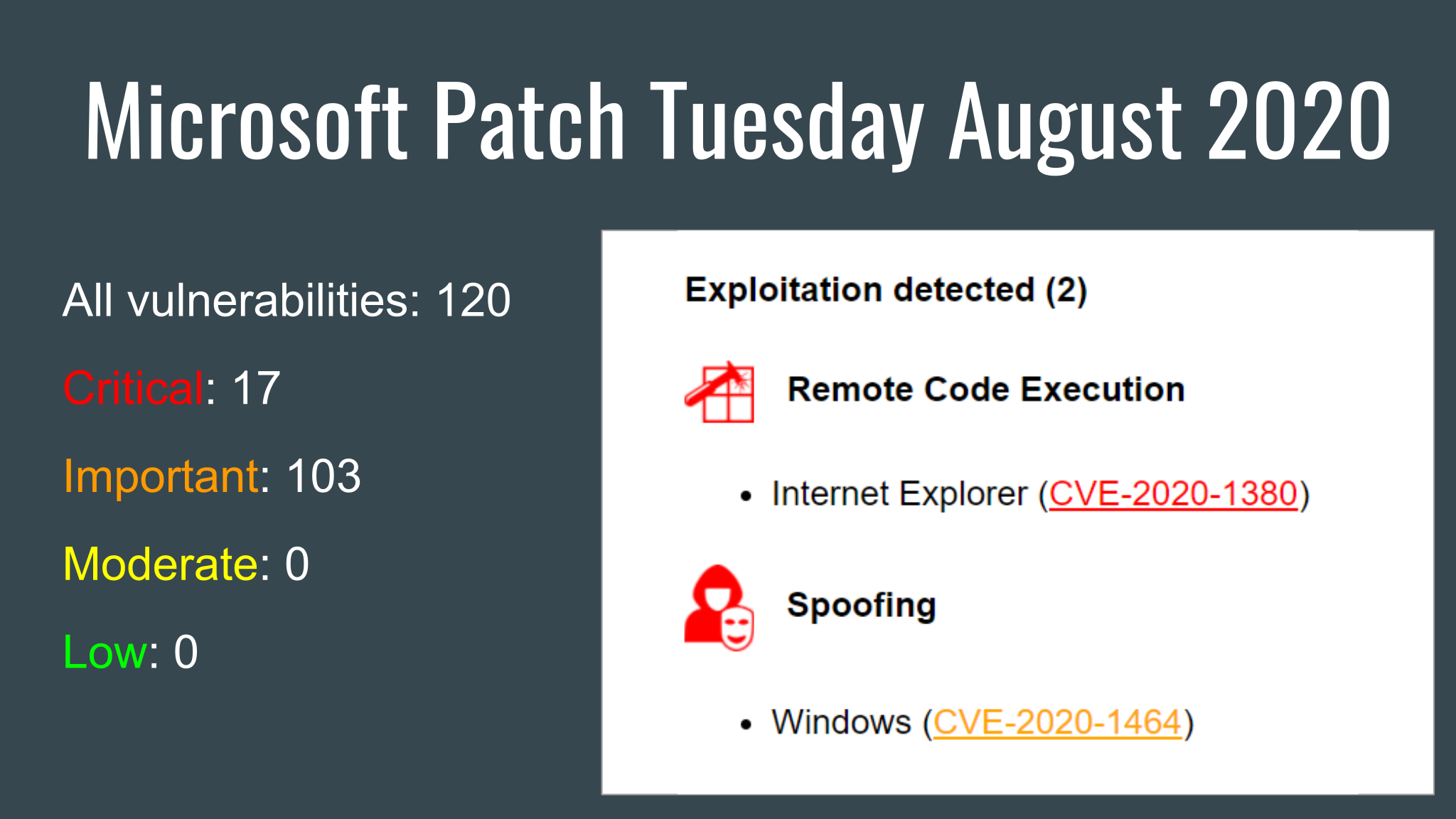Hello all! It is the second part about AM Live Vulnerability Management conference. In the first part I made the timecodes for the 2 hours video in Russian. Here I have combined all my lines into one text.

What is Vulnerability Management?
Vulnerability Management process is the opposite of the admin’s saying “If it works – don’t touch it!”. The main idea of this process is to somehow fix the vulnerabilities. How do you achieve this is not so important. Maybe you will have a nice Plan-Do-Check-Act process and strict policies. Maybe not. The main thing is that you fix vulnerabilities! And the main problem is to negotiate this regular patching with system administrators and service owners.
Continue reading




![Elevation of Privilege - Sudo (CVE-2021-3156) - High [595]](https://avleonov.com/wp-content/uploads/2021/03/image-2.png)


